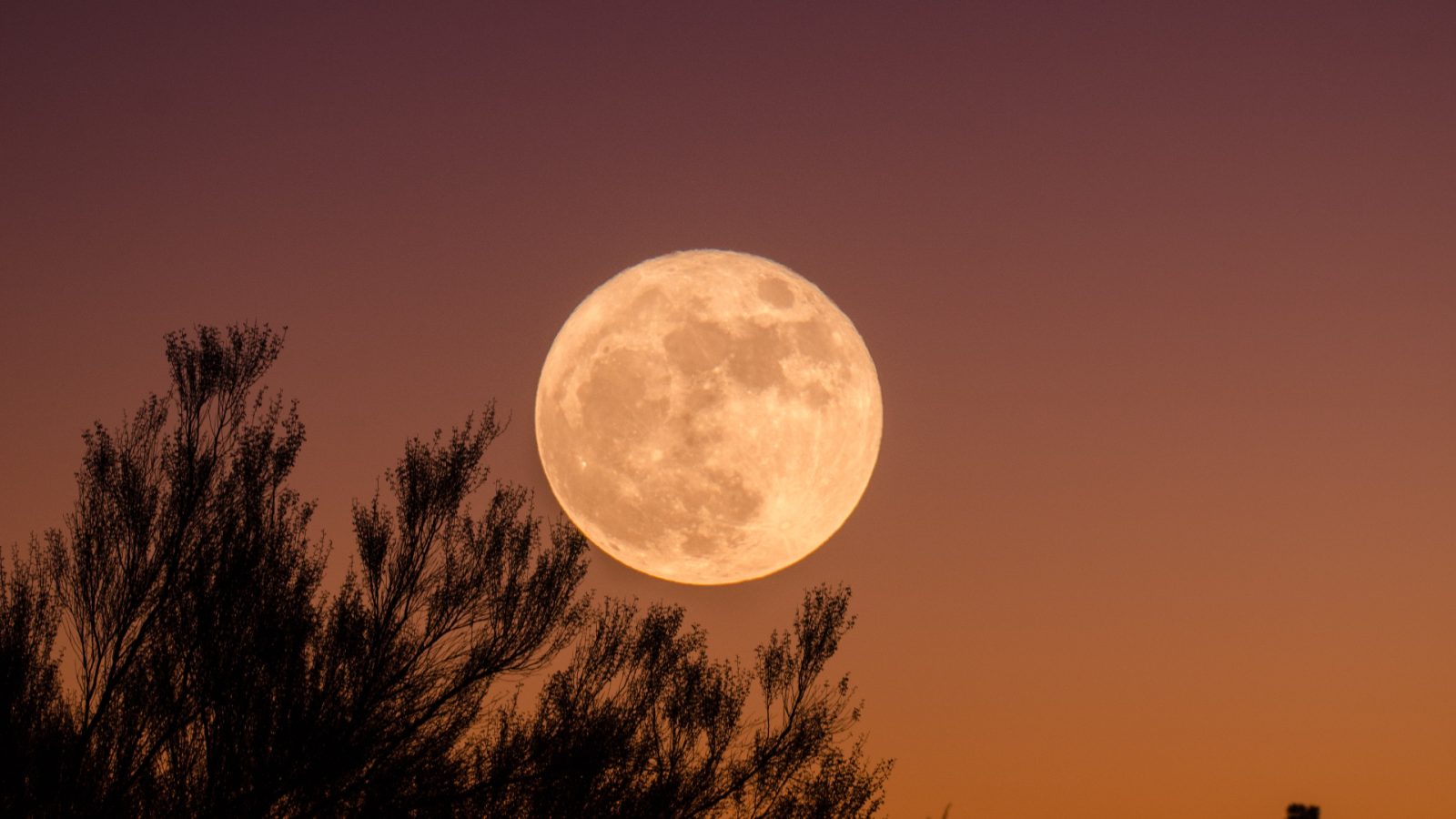
The third supermoon of the year is officially upon us. Tonight’s supermoon also called a buck or thunder moon will be the largest and brightest this year. Here’s what to know.
What’s a supermoon?
Supermoons by definition happen “when a full moon coincides with the Moon’s closest approach to Earth in its elliptical orbit, a point known as perigee,” according to NASA.
“Different publications use slightly different thresholds for deciding when a full moon is close enough to the Earth to qualify as a supermoon,” says NASA. “Because the orbit of the moon is not a perfect circle, the Moon is sometimes closer to the Earth than at other times during its orbit.”
On average, supermoons appear around 14% bigger and 30% brighter in the night sky.
Tonight’s supermoon
Tonight’s buck supermoon, reached peak illumination at 2:38 p.m. EDT today and will continue to shine bright for much of the week.
“The full Moon in July is called the Buck Moon because the antlers of male deer (bucks) are in full-growth mode at this time,” as The Old Farmer’s Almanac states. “Bucks shed and regrow their antlers each year, producing a larger and more impressive set as the years go by.”
If the weather is cloudy, obscuring your view, don’t worry. The buck supermoon will still appear full for the next 3 days, into Friday morning. You should have plenty of viewing opportunities.
There are usually only three to four supermoons a year. While this is the third supermoon, it’s not quite the last. Next month on August 11, the sturgeon moon will be the final supermoon in this year’s set of four.
Looking for a decent telescope before the next supermoon? I recommend these options on Amazon.
FTC: We use income earning auto affiliate links. More.



Comments